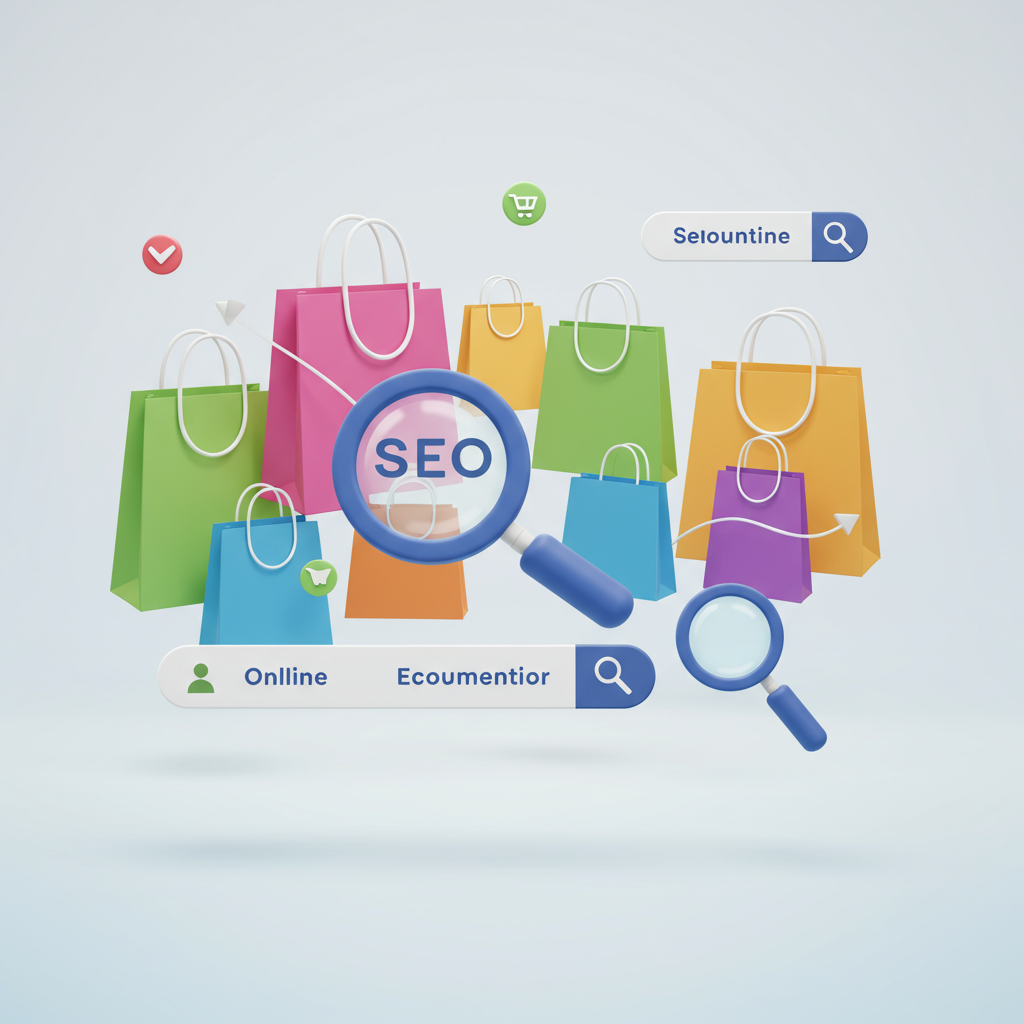Navigating the complexities of search engine optimization across multiple Shopify storefronts.
As an e-commerce entrepreneur, I’ve learned that scaling often means expanding into new markets, offering diverse product lines, or catering to different customer segments. This journey frequently leads to managing multiple Shopify stores.
While exciting, this expansion introduces a unique set of challenges, especially when it comes to search engine optimization. My goal today is to share my insights and practical tips for navigating multi-store SEO on Shopify.
The primary hurdle we face with multiple stores is the potential for duplicate content. Search engines, like Google, strive to provide the most relevant and unique results, and identical content across different domains can confuse them.
This confusion can lead to your stores competing against each other in search results, or worse, one or more of your stores being penalized or de-indexed for perceived low quality. We want to avoid that at all costs.
One common scenario for multi-store setups is geographic targeting. You might have separate stores for the US, Canada, or Europe, each with localized pricing, shipping, and even product variations.
For geographic targeting, I highly recommend using country-specific top-level domains (ccTLDs) like .ca for Canada or .de for Germany, if feasible. This sends a strong signal to search engines about your target audience.
Alternatively, subdirectories (e.g., yourstore.com/ca/) or subdomains (e.g., ca.yourstore.com) can also work. The key is consistency and clear signaling to search engines about your regional focus.
Crucially, for any multi-region or multi-language setup, implementing `hreflang` tags is non-negotiable. These HTML attributes tell search engines which language and region a specific page is intended for.
For example, a page on your US store would link to its Canadian equivalent using `hreflang=”en-CA”` and `hreflang=”en-US”` for the US version. This prevents duplicate content issues across regions.
Beyond technical tags, local SEO elements are vital for geographic stores. Ensure each store has its own Google My Business listing, accurate Name, Address, and Phone (NAP) information, and localized reviews.
Another common multi-store scenario is language targeting. You might have one store in English and another in Spanish, even if they serve the same geographic region.
Again, `hreflang` tags are your best friend here. They explicitly tell search engines that a page is a translation of another, not duplicate content, ensuring proper indexing.
When translating, avoid machine translation alone. Invest in professional human translation to ensure accuracy, cultural nuance, and natural-sounding language. Poor translations can harm your brand and SEO.
A third scenario involves distinct brands or niches under one umbrella company. Perhaps you sell high-end fashion on one store and budget-friendly accessories on another.
In this case, the most critical SEO tip is to ensure truly unique content for each store. This means distinct product descriptions, category pages, and especially blog content.
Resist the urge to copy-paste product descriptions, even if the products are similar. Rewrite them from scratch, focusing on the unique selling propositions and target audience of each specific store.
Develop separate content strategies for each brand. Each store should have its own blog, publishing articles relevant to its specific niche and audience. This builds authority independently.
Internal linking within each store is important, but be cautious about linking excessively between your different stores if they are truly distinct brands. This could dilute their individual SEO authority.
For technical SEO, ensure each Shopify store has its own XML sitemap submitted to Google Search Console. Monitor each property separately for crawl errors, indexing issues, and performance.
Page speed and mobile-friendliness remain paramount for every single store. Shopify generally handles much of this, but always test your themes and apps to ensure optimal performance across all your sites.
When it comes to link building, treat each store as a separate entity. Develop unique outreach strategies and earn backlinks relevant to each store’s specific niche or geographic market.
Avoid creating artificial link networks between your own stores, as this can be seen as manipulative by search engines and lead to penalties. Focus on genuine, earned links.
Analytics are crucial. Set up separate Google Analytics properties for each Shopify store. This allows you to track performance, user behavior, and conversion rates independently.
While separate tracking is key, I also recommend creating consolidated reports to get a holistic view of your entire e-commerce ecosystem. This helps identify overarching trends and opportunities.
Shopify Plus offers some advantages for multi-store management, allowing you to manage multiple storefronts from a single admin. For smaller operations, separate Shopify accounts are common.
Regardless of your setup, remember that multi-store SEO is an ongoing process. It requires consistent monitoring, content creation, and adaptation to algorithm changes.
What do you think about this article? I’d love to hear your thoughts and any multi-store SEO challenges you’ve encountered.
By implementing these strategies, you can ensure your multiple Shopify stores not only coexist but thrive independently in search engine rankings, driving more organic traffic and sales to each.






